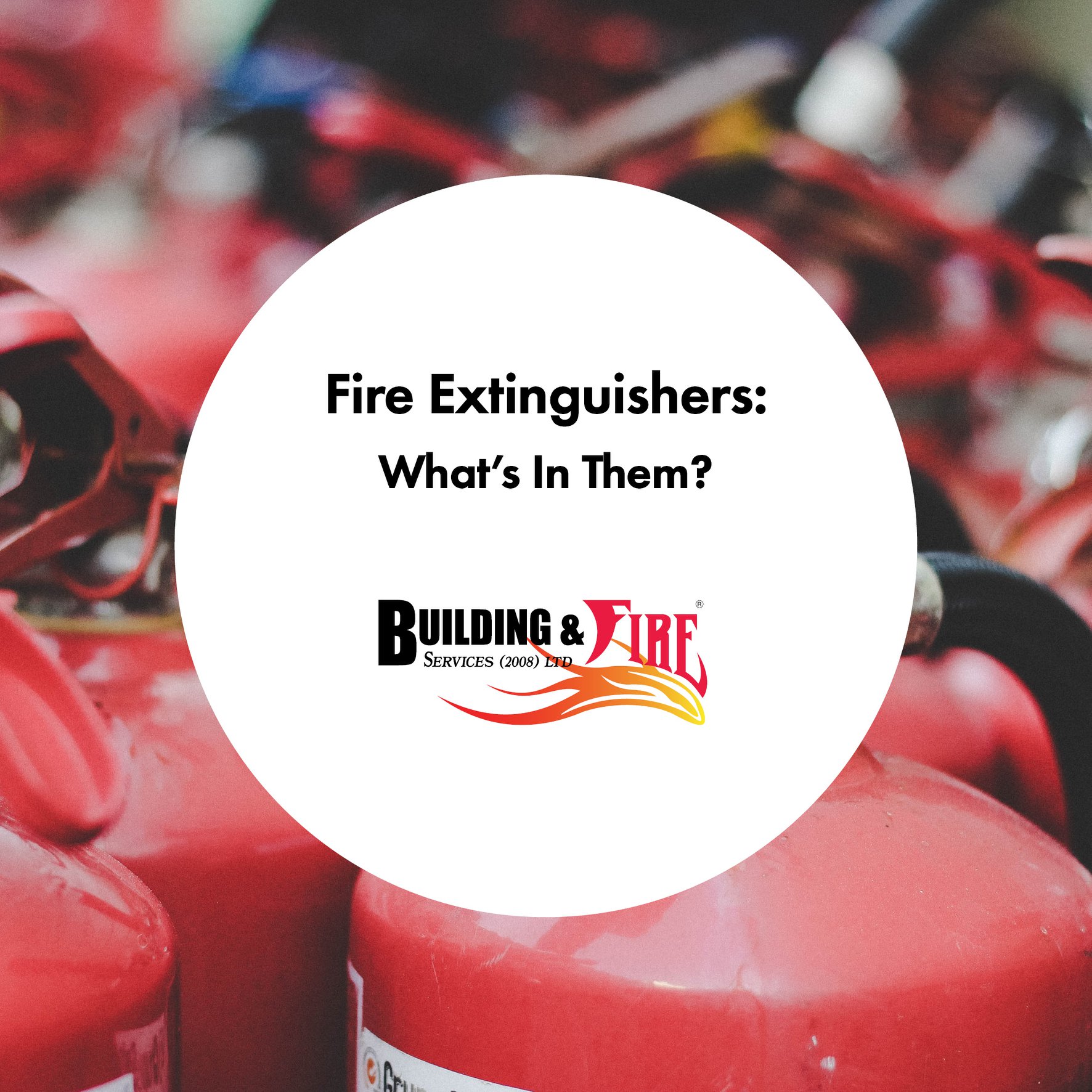Fire extinguishers are a crucial safety device that can help prevent or minimise damage and injuries caused by fires. However, have you ever wondered what exactly is in your fire extinguishers, and if they are doing any damage to the environment? In this post, we'll explore the different types of fire extinguishers and what they're made of.
The most common type of fire extinguisher is the white banded dry powder extinguisher, which is suitable for fires involving flammable solids, liquids, and gases. This type of extinguisher usually contains either monoammonium phosphate (ABE) or potassium bicarbonate (BE), both of which are similar to baking soda.
Monoammonium phosphate is a chemical compound that can smother fires by interrupting the chemical reaction between fuel and oxygen. It is also effective in preventing re-ignition of fires. On the other hand, potassium bicarbonate extinguishers work by releasing a cloud of potassium ions, which interferes with the combustion process and creates a barrier between the fuel and the oxygen.
Carbon dioxide (CO2) extinguishers are easily recognisable by their black band. They are ideal for fires involving flammable liquids, electrical equipment, and machinery. CO2 extinguishers work by suffocating the fire by removing the oxygen needed to sustain it.
Unlike dry powder extinguishers, CO2 extinguishers do not leave any residue, making them ideal for use in areas with sensitive equipment that may be damaged by powdery residue.
Foam extinguishers are commonly used for fires involving flammable liquids and are recognisable by their blue band. In New Zealand, there are two types of foam extinguishers - Aqueous Film-Forming Foam (AFFF) and Fluorine-free foam.
AFFF extinguishers work by smothering the fire with a layer of foam that forms a film on top of the fuel. The film starves the fire of oxygen, effectively extinguishing it. Fluorine-free foam extinguishers work in a similar way, but they use a foam concentrate that does not contain fluorine.
Water extinguishers are easily recognisable by their red band, and they are suitable for fires involving combustible materials like paper, wood, and textiles. They work by cooling the fuel and preventing the fire from spreading.
However, it is important to note that water extinguishers should not be used on electrical fires or fires involving flammable liquids as they can spread the fire and cause electrical shock.
Wet chemical extinguishers are used for fires involving cooking oils and fats and are recognisable by their beige band. They work by creating a barrier between the fuel and oxygen, and cooling the oil or fat to prevent it from reigniting.
Wet chemical extinguishers contain potassium, which reacts with the oil or fat to create a soapy layer on the surface, effectively smothering the fire.
In conclusion, fire extinguishers are essential safety devices that can help prevent or minimise damage and injuries caused by fires. The type of extinguisher you need depends on the type of fire you're dealing with. Modern health and environmental regulations are constantly changing, and fire extinguishers are evolving to keep up with these changes. It is important to ensure that you have the right type of fire extinguisher for your needs and to know how to use it correctly in case of an emergency.
 Back
Back